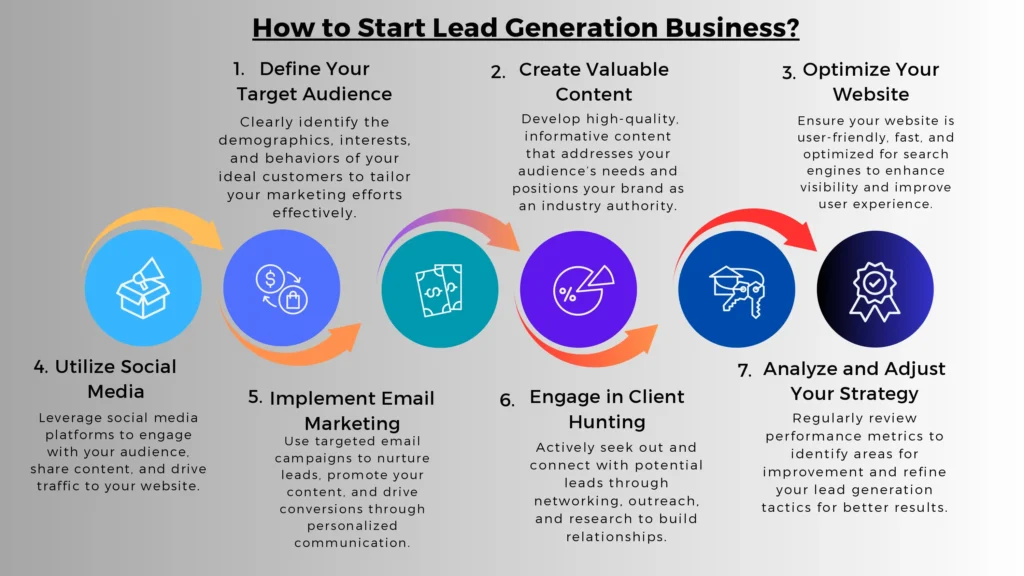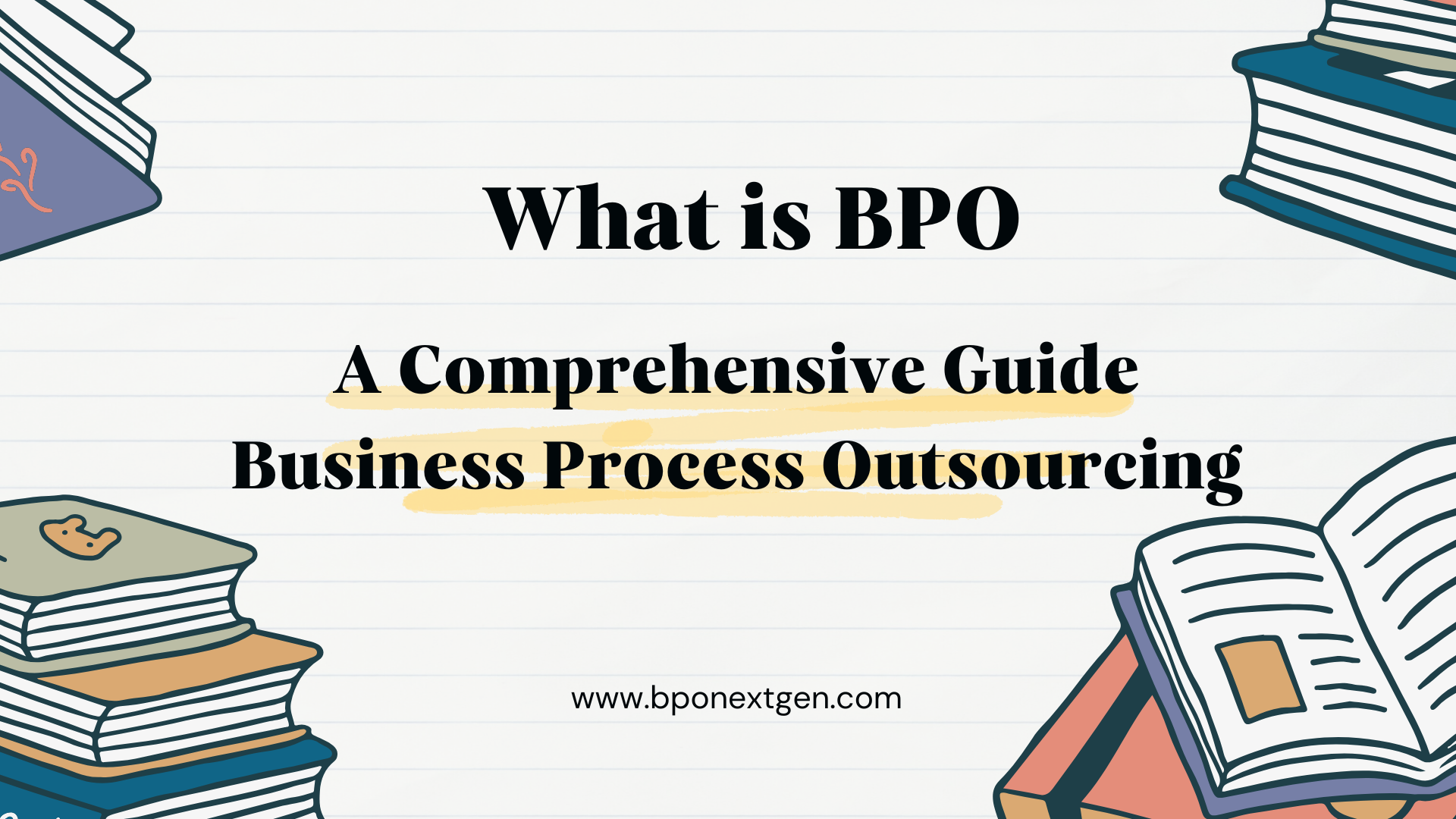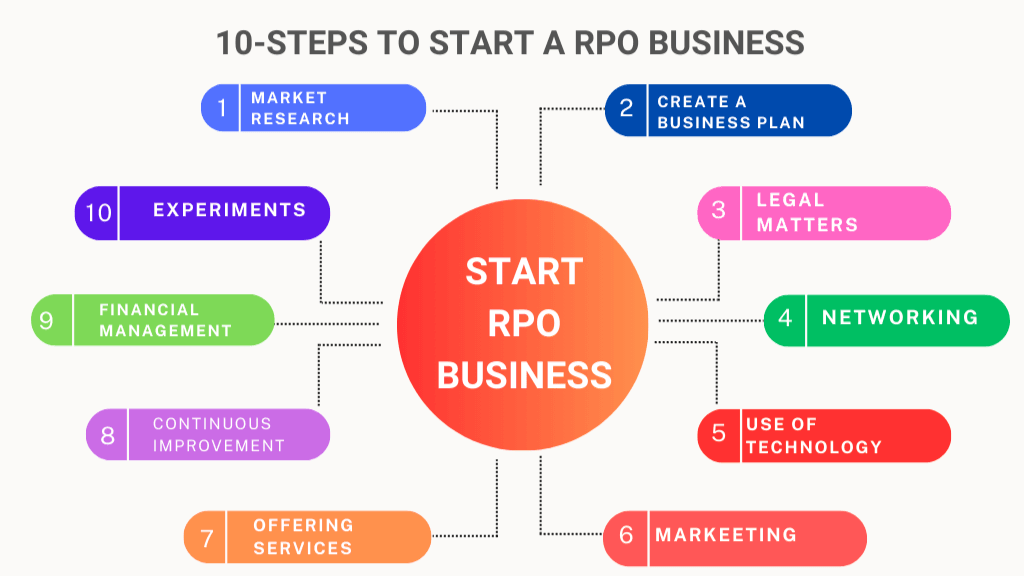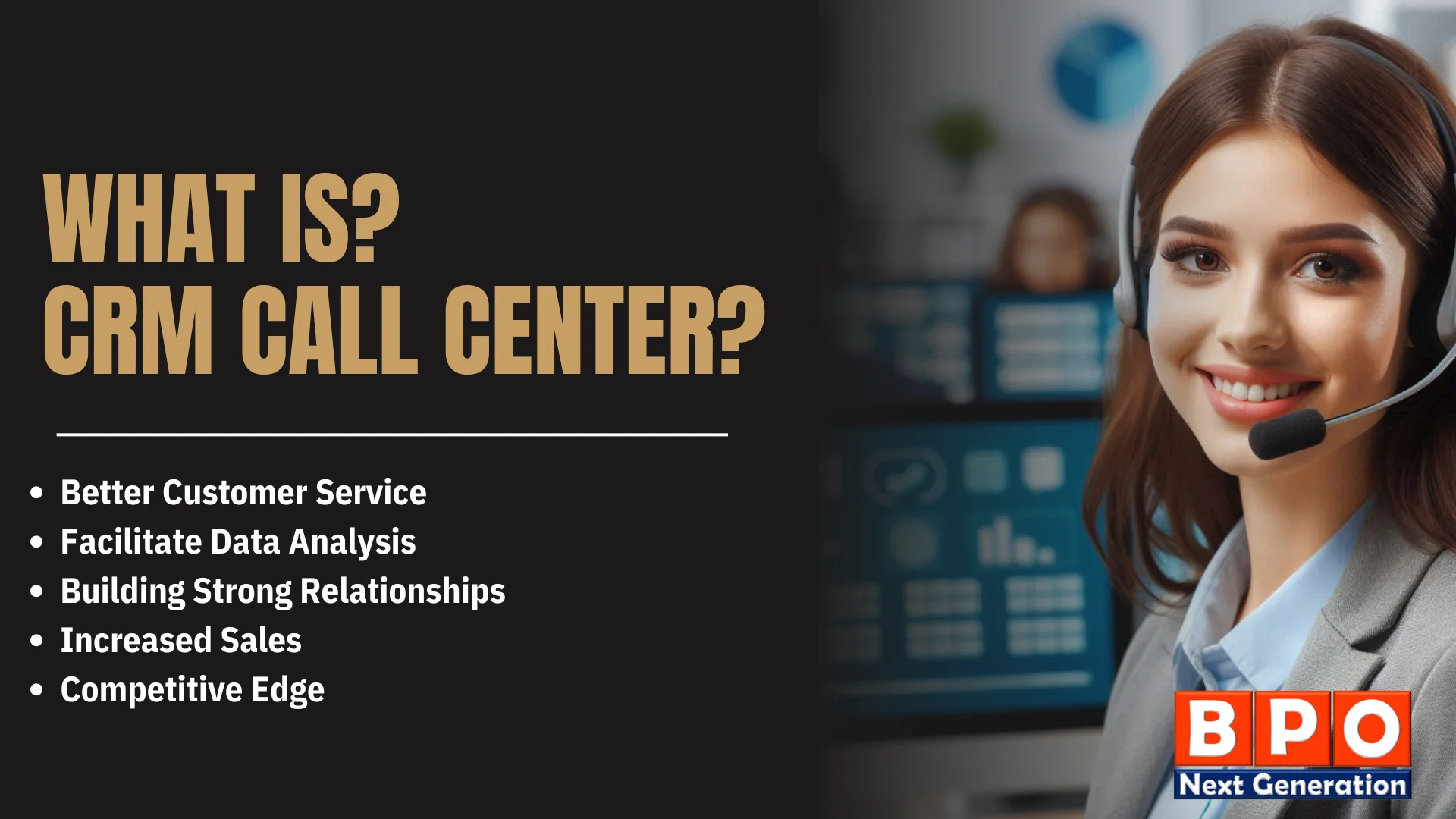
Table of Contents
ToggleWhat is a Lead Generation Business?
The process of finding and obtaining new clients, or leads, to subsequently target them for the sale of various goods or services, is known as lead generation business. Online marketing, social media, and email were the main factors in the business’s launch and provided marketers with the means to broaden their consumer base. It seeks to maintain businesses’ competitive edge in the market while speeding up sales for businesses.
Businesses find lead generation to be of great value as it facilitates more effective product promotion. It is associated with BPO (Business Process Outsourcing), when companies outsource the lead generation process to allow them to concentrate on their core strengths. Lead creation is expected to become even more significant in the future.
How to Start a Lead Generation Business?
Here are some steps that you can follow to start a lead generation business, the steps are:
- Define Your Target Audience
- Create Valuable Content
- Optimize Your Website
- Utilize Social Media
- Implement Email Marketing
- Engage in Client Hunting
- Analyze and Adjust Your Strategy
1. Define Your Target Audience
Identifying your target audience is fundamental to your lead generation success. Do market research first to find out who needs your product or service. Gather information using a variety of sources such as social media, surveys, and industry reports. Define characteristics for your target demographic based on age, gender, education, and interests. Then create “personas,” fictional characters that reflect your potential customers. This way, you can better understand their needs and problems and make your offer more effective.
2. Create Valuable Content
A key component of lead generation that engages your target audience is producing captivating content. This content, which offers information about your industry, can take the kind of blog entries, infographics, films, or e-books. This content’s goals include raising users’ awareness and offering answers to their issues. You’ll draw in more possible leads the more accurate and valuable your information is. To expand the content’s audience, distribute it via email marketing and social media as well. Lastly, include a compelling call to action to boost user engagement with the information.
Your website is your main source of new business, thus it needs to be optimized to attract visitors. Ensure that the user can easily navigate and find the right proportions on the page. Make sure the material is easily readable, valuable, and accessible to users. Additionally, keep in mind the SEO (Search Engine Optimization) foundations to enhance the search engine rating of your website. Prioritize secure server connections, fast loading times, and mobile device compatibility to further enhance user experience. At the conclusion, provide a compelling call to action to encourage readers to contact you if they require your services.
4. Utilize Social Media
Because it enables direct communication with your target audience, social media could be a useful component of your Lead Generation business plan. Enhance your online presence by utilizing many platforms such as Instagram, LinkedIn, Facebook, Twitter, and Instagram. Improve brand recognition by providing interesting and instructive images, videos, and information. Building strong relationships with your followers will come from staying in touch and responding to their questions. Publicize your business and reach a larger audience by posting adverts on social media. Analyze the impact of your content with social media analytics to make strategic changes.
5. Implement Email Marketing
One powerful strategy for establishing a direct connection with your target audience is email marketing. Create a subscriber list and distribute informative newsletters frequently. Use names or information that speaks to the interests of the receivers of your emails to give the sense that they have been specifically targeted. Add emails that provide information on new products and services, advice, and discounts. Additionally, monitor email campaign effectiveness metrics like open and click-through rates so you may modify your approach. After your essay, provide a clear call to action to entice readers to get in touch with you right away.
6. Engage in Client Hunting
Client hunting is an important component of your lead generation strategy, which involves finding and contacting potential clients. Be active on various platforms, such as LinkedIn, industry forums, and networking events to build relationships with your target audience. Clearly describe your offering and make sure your services meet their needs. Send professional emails or direct messages through social media, and be short and to the point to pique their interest. Don’t forget to follow up, as it solidifies your presence and reminds you about your offer. Finally, demonstrate your expertise in every interaction so that potential clients trust you and are willing to adopt your services.
7. Analyze and Adjust Your Strategy
If you want to improve output, you must analyze your lead creation method. Examine a variety of data indications, including visits to websites, email open rates, interactions on social media, and conversion rates from customers. You can determine which strategies work and which don’t with this information. To have a clear picture of how well your efforts are performing, use analytics tools. Never be afraid to experiment with other tactics to enhance a strategy that isn’t working as planned. Think about modifying the content you produce or the method you run your advertising campaigns to improve interaction with your target audience. Review your plan frequently to find new opportunities and make sure your company is expanding.
FAQs
The process of finding and obtaining new clients, or leads, to subsequently target them for the sale of various goods or services, is known as lead generation business.
- Define Your Target Audience
- Create Valuable Content
- Optimize Your Website
- Utilize Social Media
- Implement Email Marketing
- Engage in Client Hunting
- Analyze and Adjust Your Strategy












